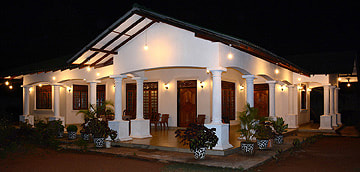0 Comments
St Anthony’s Church is a ruin of a Dutch colonial building. It’s the rare example of a church built of coral stone. Parts of the remnants are covered by sand. This area belongs to the longest sand dune of Sri Lanka. The name of the location, Manalkadu, translates to sand-bush.
Situated at an elevation of 950 m above sea level, Nine Arches Bridge at Gotuwala near Demodara in the Uva highlands has become a popular hiking destination for holiday makers who stay in the nearby hill resort of Ella. Another English nickname of and viaduct ist ‚bridge in the sky‘. The Sinhalese name however translates to ‚Nine Skies Bridge‘, referring to the visual effect that one can see the sky nine times through the arches when standing below the bridge. Ten trains cross Nine Arches Bridge daily. Cafes with vantage points can be visited on either side of the bridge. With a height of 24.5 m and a total length of 91.4 m, this viaduct built during the British Colonial period and commsioned in 1921 is still the largest railway bridge in Sri Lanka. This massive bridge is built entirely of solid rocks, stone, bricks and cement. There is not used any steel for ist construction. One popular story explains this by claiming that when construction work was already started, World War I broke-out and that steel assigned for the viaduct was required for other projects. The construction work came to a halt. Hence the locals decided to build the viaduct in a different way without a single element of steel. 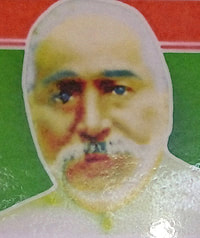 P.K. Appuhami, Sinhalese co-engineer of Nine Arches Bridge P.K. Appuhami, Sinhalese co-engineer of Nine Arches Bridge P.K. Appuhami, born in 1870, had been popular drummer and dancer. When he lost a competition during a devil dance ceremony, he returned home in his traditional devil costume. The British construction workers at the brisge seeing him got frightened, but later on hired him as a labourer, who in the course of time turned out to be a talented engineer. Apuhami asked the British to hand over the difficult task of anchoring the bridge piers at the bottom of the boggy bottom. After being rejected for this task, Apuhami finally was entrusted with this engineering work. Starting in 1923, Apuhami mangaed to completed this work within a year. But the cost of the construction had turned out to be so low that the British railway enginieers doubted the structural integrity of the construction. Appuhami then lied down under one of the arches when the first train crossed the newly erected viaduct, as a prrof of trust in his engineering work.
The Magul Maha Vihara, also spelt Maghul Maha Viharaya, is an ancient monastic complex situtated close to the small Lahugala-Kitulana National Park in the hinterland of Arugam Bay. Among the remnants of the Anuradhapura period, Magul Maha Vihara is one of the most fascinating archaeological sites in the southeast of Sri Lanka. ‘Magul’ means ‘wedding’ in Sinhala. The platform in the southwestern corner of the rectangular monastic complex is believed to be the location where the wedding of King Kavan Tissa from the southern kingdom of Rohana and Princess Viharamahadevi from Kelaniya near Colombo took place in the 2nd century BC. She will become the mother of Dutthagamani alias Dutugemunu, the most famous king of Sinhalese history. According to legend told in the Mahavamsa, Viharamaha Devi volunteered to sacrifice herself to the sea in order to appease the gods who punished her father’s kingdom by sending a tsunami. But the princess was safely carried in a golden vessel over the ocean, landing at a place near the Muhudu Maha Viharaya in Pottuvil (others say in Kirinda in the Southern Province), where the encounter between the local king and the beautiful princess took place. The marriage is said to have been celebrated in Lahugala on the platform now called Magul Maduwa or Magul Poruwa. It‘s namegiving to the entire ancient complex. Actually, the buildings are not from the pre-Christian centuries but about one millennium younger, roughly from the late Anuradhapura period. An important stone inscription at the archaeological site dates to an even later period (14th century). The layout of the monastic complex is regular and follows a pattern called „Pabbata Vihara“, which became quite common in the Culturl triangle during the 7th and 8th century, but Magul Maha Vihara is one of the few examples of this systematically arranged monastic compounds in southern Sri Lanka. A rectangular paraket wall in north-south direction surrounds the entire complex, which covers an extent of around 10,000 acres. The four major buildings of a monastery are arranged symmetrically in the four corners of the premises. Besides the chapter hall, which serves for the higher ceremonies of the monks, these edifices are dedicated to objects also venerated by lay persons (pilgrims and other guests of the monastery). These objects of veneration are a stupa, a Buddha statue inside a hall called image house (Pathimagara), and a platform for tree worship (Bodhigara). Most likely, the platform now called wedding terrace was the Bodhigara of the ancient monastery now called Magul Maha Vihara. The moonstone (Sandakada Pahana) of the Magul Maha Vihara in Lahugala is of special interest for lovers of ancient Sinhala-Buddhist art. It’s the largest ancient moonstone with intricate carvings in the southern half of the the island. In fact, there are only very few carved moonstones in southern Sri Lanka. Hence, the moonstone of the Magul Maha Vihara is the best instance of this typical and classical sujet of Sri Lankan art, which is without equally elaborate paragons in India. There is one feature that can be seen nowhere else than in the Magul Maha Vihara. Elephant carvings are very common on classical Sri Lankan moonstones. But only in the Magul Maha Vihara the elephants are depicted with riders. Mahouts can usually not be seen on stone carvings from the Anuradhapura period and not on any other moonstone in the entire world. This belongs to the mid Anuradhapura period. Being one of the more attractive features of an edifice, the moonstone underwent development on a number of occasions and evolved into an exquisite artwork of delicate carvings by the mid Anuradhapura period. From among the carvings on the moonstone the tender leaf of the Ironwood tree, lotus petal motif, lotus flowers, animal figures etc. took a prominent place. However the moonstone in Magul Maha Vihara is unique among the moonstones found from numerous places in Sri Lanka. The design of a mahout riding the elephant depicted in this moonstone is an eminent feature. It is our duty to protext national archaeological heritage for the sake of present and future generations. The above text in italic letters is cited from the signboard of Sri Lanka's Archaeological Department,
which is placed near the moonstone of the Madul Maha Vihara in Lahugala. |
AuthorNuwan Chinthaka Gajanayaka, Categories
All
Archives
June 2020
Buddhism A-Z
|
|
Find a list of 270 Sri Lanka travel destinations & attractions: CLICK HERE Our illustrated list of places of interest is sorted by travel regions, more precisely: by 22 most recommendable places for overnight stays. All 270 sights are within day-trip distance from one of those 22 major locations. (Please understand: Loading 270 images requires more seconds than usual.) |
Why travel with Lanka Excursions Holidays?
+ We are a local agency owned and run by Sri Lankans, not part of international holdings
+ We are well known for our direct and personal relationships with travellers
+ We facilitate authentic meetings with locals who are not from the tourism sector
+ We follow a strict policy not to push guests to visit shops and shops and shops
+ We have an unrivalled expertise to show you places off the beaten path
+ We provide genuine information instead of clichés and tourism industry slogans
+ We are a local agency owned and run by Sri Lankans, not part of international holdings
+ We are well known for our direct and personal relationships with travellers
+ We facilitate authentic meetings with locals who are not from the tourism sector
+ We follow a strict policy not to push guests to visit shops and shops and shops
+ We have an unrivalled expertise to show you places off the beaten path
+ We provide genuine information instead of clichés and tourism industry slogans
Our ambition is to provide high-quality information in preparation of your Sri Lanka holidays
... and even more superb travel experiences
... and even more superb travel experiences
we also run our own guesthouse near Anuradhapura:
First House Mihintale
87, Missaka Mawatha, Mihintale 50300, Sri Lanka.
0094 71 6097795
87, Missaka Mawatha, Mihintale 50300, Sri Lanka.
0094 71 6097795
|
Lanka Excursions Holidays
Registration Number SLTDA/SQA/TA/02179
255/24, "Green Park" Dawatagahawatta, Thimbirigaskatuwa, Mahahunupitiya East, Negombo, Sri Lanka
Office: +94 31 223 991 Hotline: +94 71 6097795 lankaexcursionsholidays@gmail.com Lanka Excursions Holidays office hours 8.00 to 6.00 p.m. daily (except from June Fullmoon Day)
|
if not stated otherwise, texts and photos provided by Ernst A. Sundermann, sales manager of Lanka Excursions Holidays
all rights reserved, © 2016 Lanka Excursion Holidays
all rights reserved, © 2016 Lanka Excursion Holidays
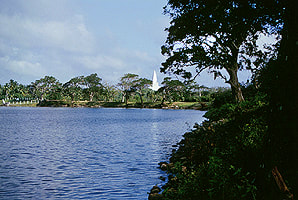
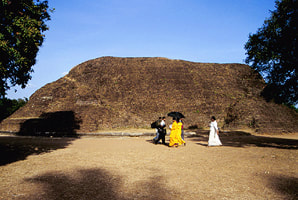



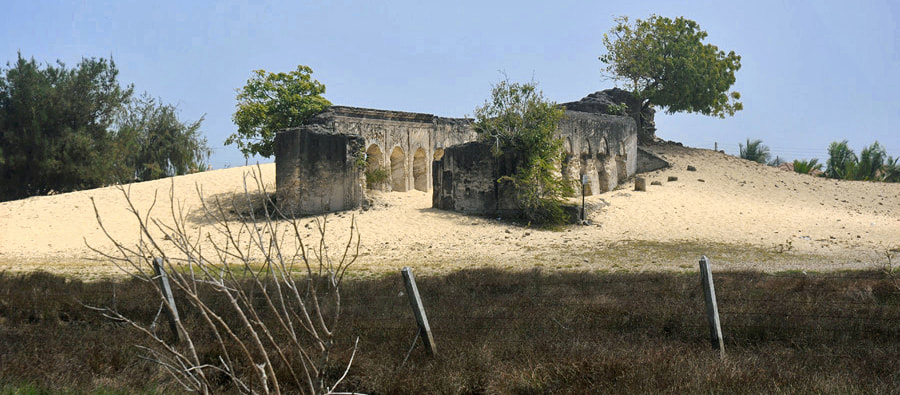
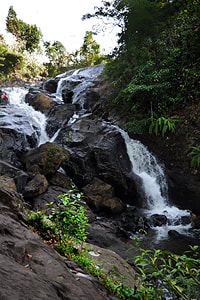
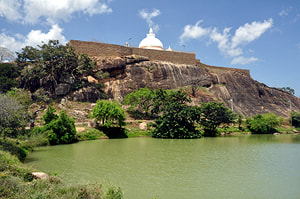
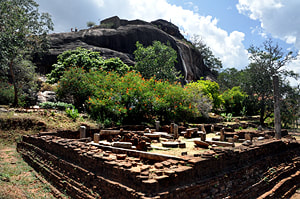
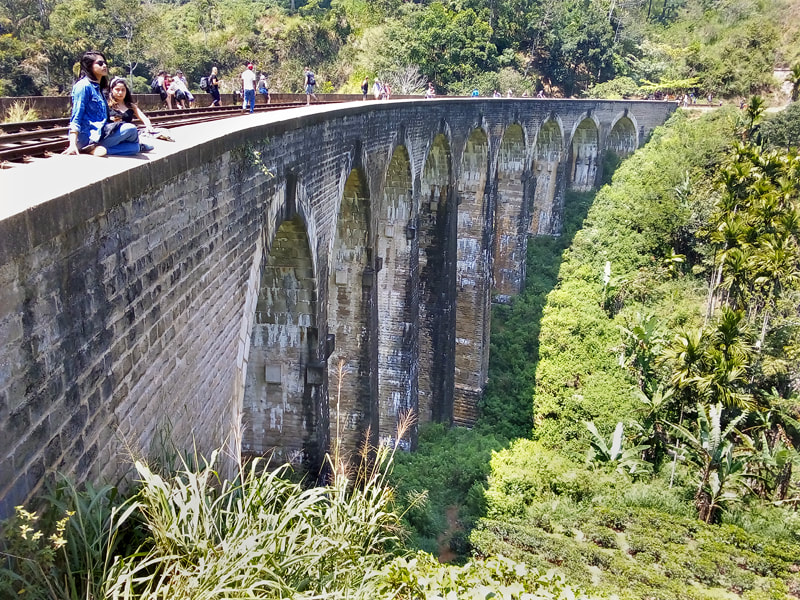

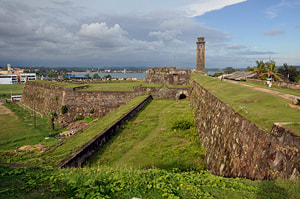
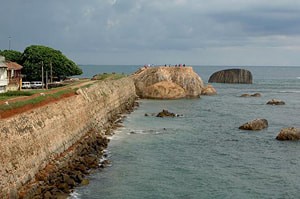
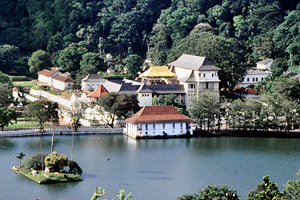
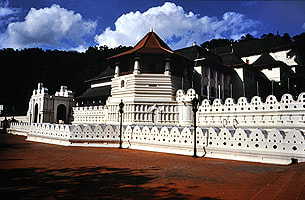

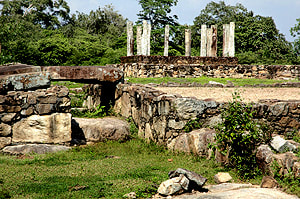
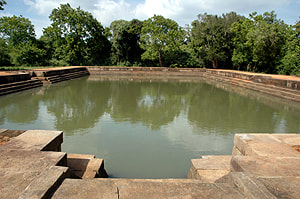

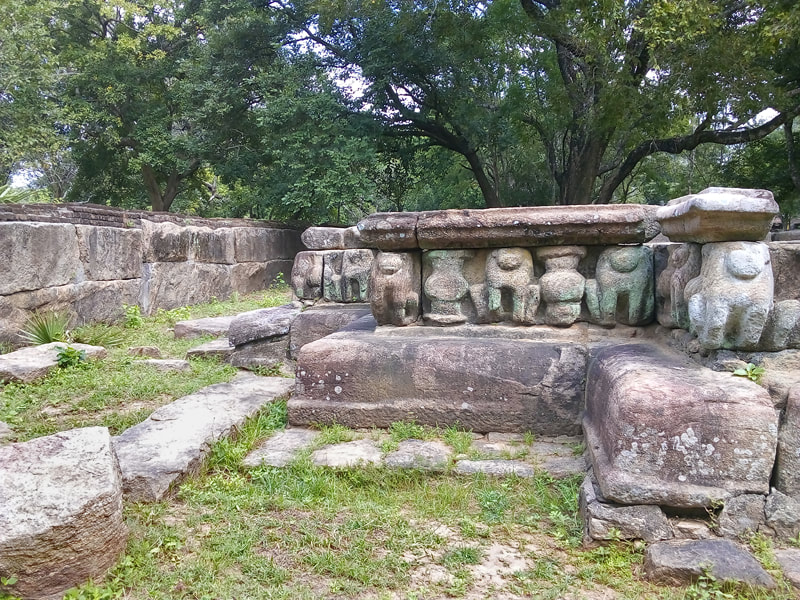
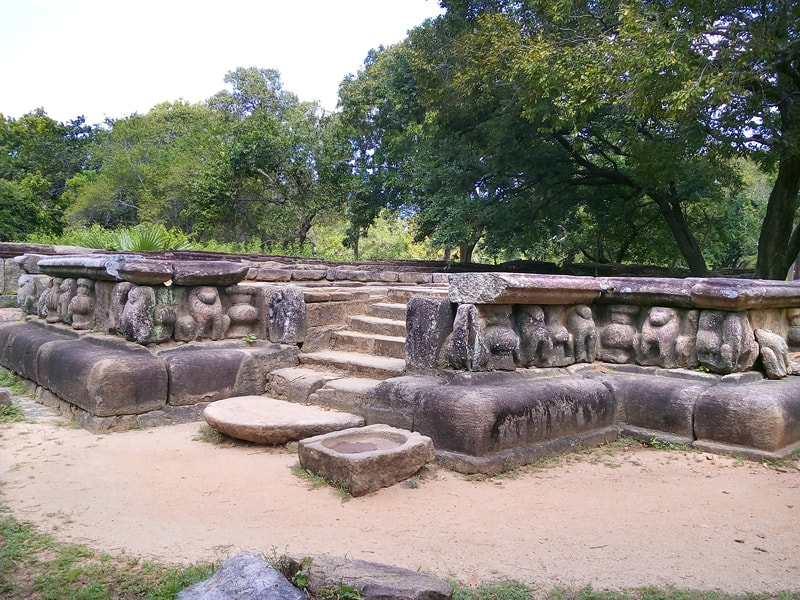
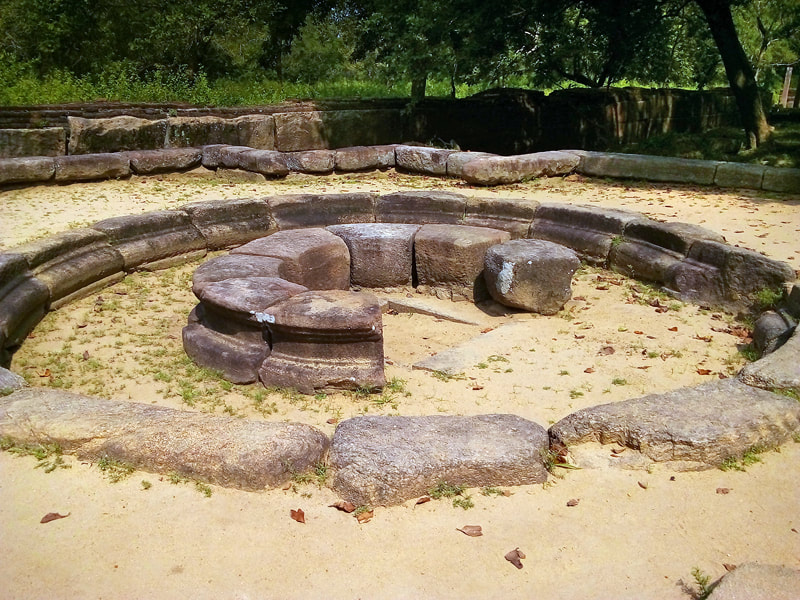
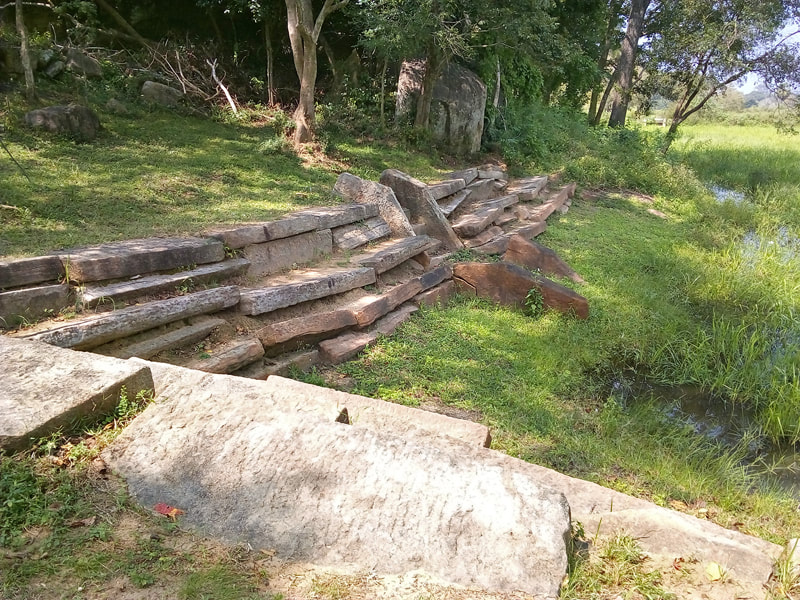
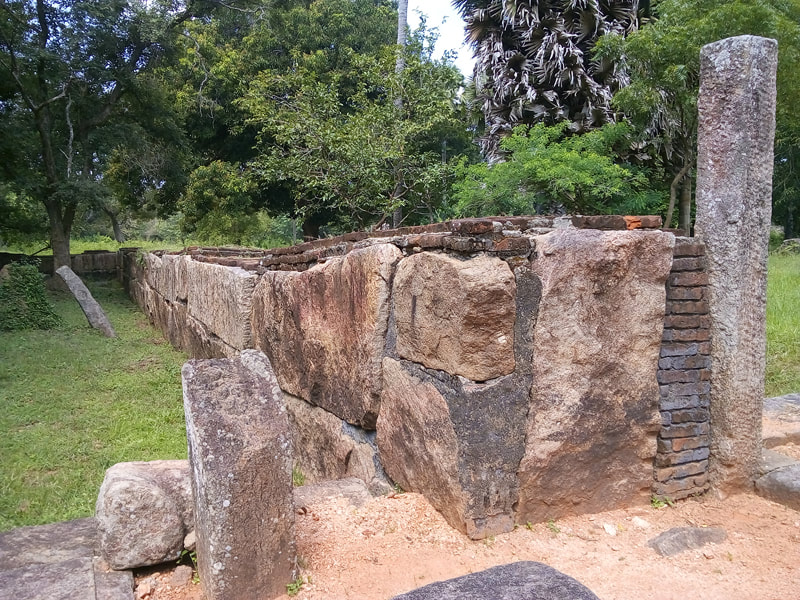
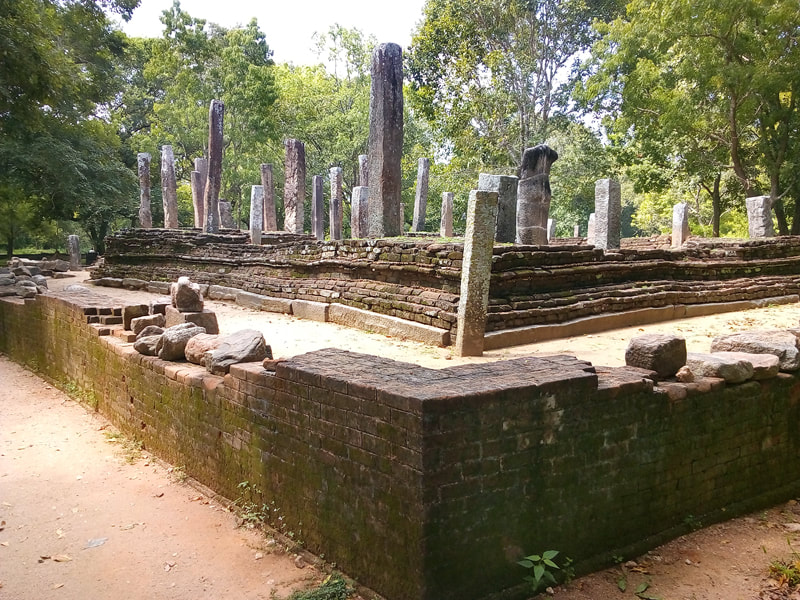
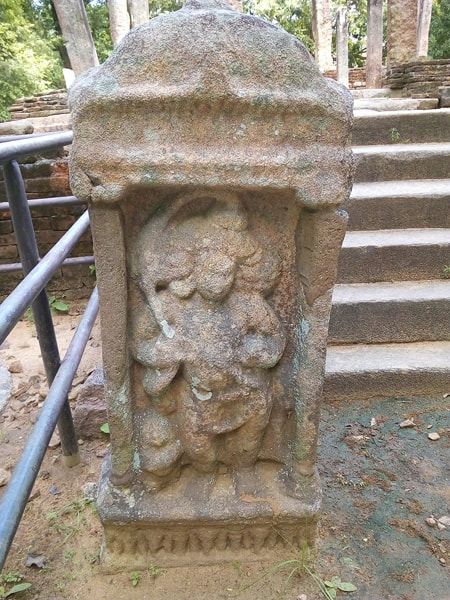
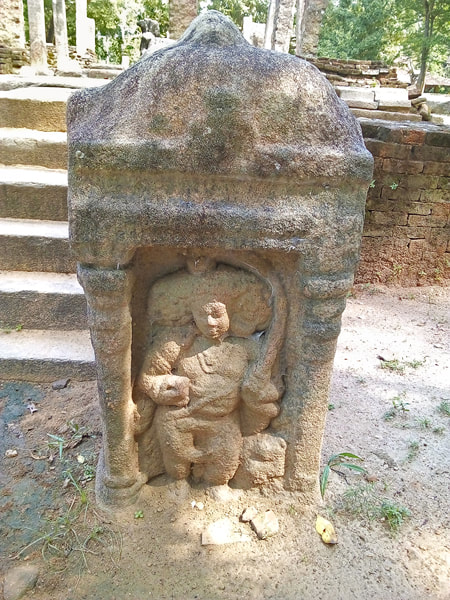

 RSS Feed
RSS Feed
